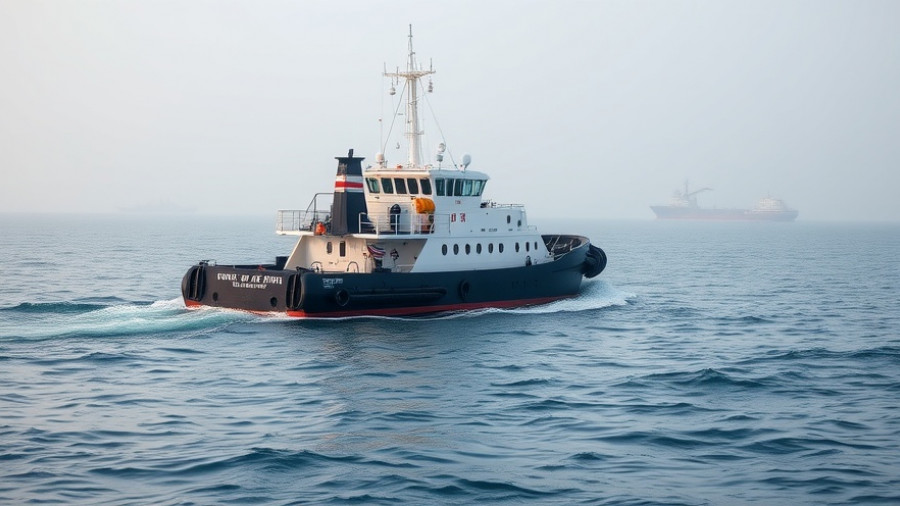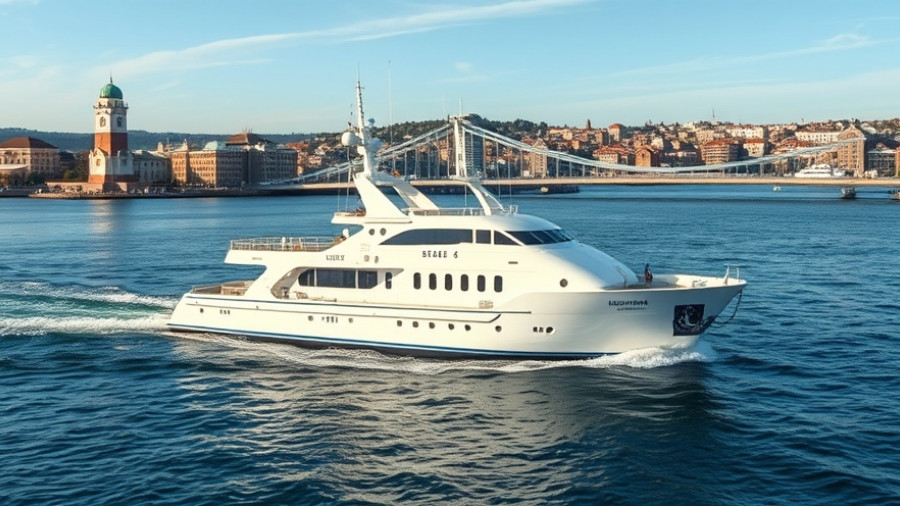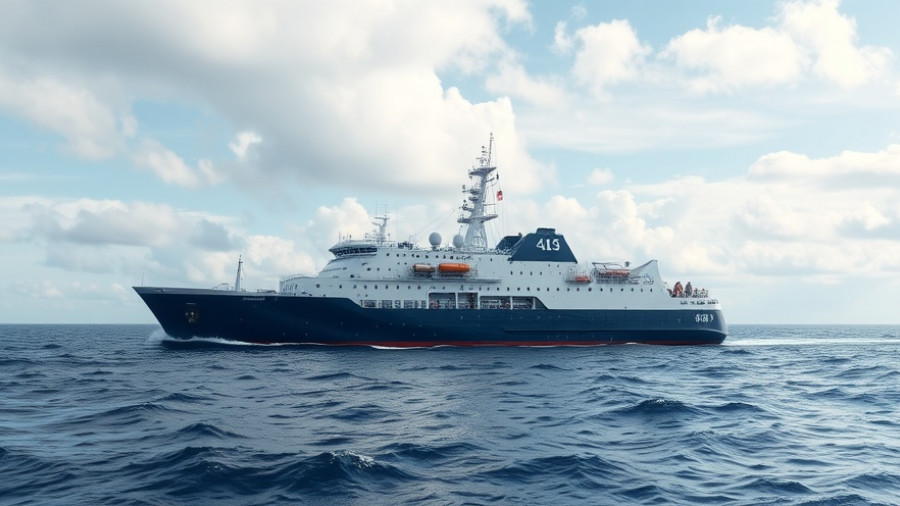
Unlocking the Future of Shipping: ABS Grants Approval for Ammonia Cracking Technology
In a groundbreaking development for the maritime industry, ABS (American Bureau of Shipping) has issued an approval in principle (AiP) for Pherousa Shipping’s ammonia cracking technology. This innovative technology employs proton exchange membrane fuel cells combined with a fuel gas supply system (FGSS). It enables fully electric propulsion systems for ships, leading the charge towards sustainable shipping practices. The first vessel to utilize this technology will be Pherousa’s Ultramax 64,000 dwt bulk carrier, which is set to transport copper—a crucial material used in renewable energy solutions like solar panels and electric vehicles—all without contributing to carbon emissions.
Why Ammonia?
With the global shift towards greener energy sources and the urgency of climate change, ammonia is emerging as a promising alternative fuel. Patrick Ryan, ABS Senior Vice President and Chief Technology Officer, highlights that cracking ammonia to extract hydrogen for fuel cells may significantly expedite the energy transition within the maritime industry. The focus on ammonia not only serves as a means to reduce emissions but also positions it as a carrier of hydrogen—often deemed as a key for a sustainable future.
Collaboration: The Key to Innovation
The advancement of this technology was made possible through collaborative efforts among various industry players. Pherousa Shipping is partnering with an array of experts including design firms like Deltamarin and technology developers like Metacon. In the quest for an emissions-free solution, this synergy illustrates the critical nature of teamwork in technological advancements.
Addressing Industry Challenges
While the approval of Pherousa's ammonia cracking technology is a significant milestone, it also raises questions about scalability and implementation challenges within the maritime sector. The commitment from partners such as Babcock International Group, which supplies the FGSS, demonstrates a robust approach toward overcoming potential obstacles associated with incorporating new technologies into everyday shipping practices.
Future Predictions: The Ammonia Wave
Looking ahead, the use of ammonia as a fuel source in shipping is expected to grow exponentially. As the need for sustainable practices intensifies, innovations like these will likely dictate the future landscape of marine transportation. With pledges from various countries to achieve net-zero emissions by 2050, we can anticipate a more profound integration of ammonia and other alternative fuels in the fleet.
The Emotional and Human Impact of Scaling Back Emissions
For communities worldwide, the transition to ammonia-fired vessels signifies a broader commitment to planetary health. The impact resonates with individuals concerned about climate change, as well as those involved in sectors like shipping and transportation. The emotional stake in this technology is profound— each step toward emissions-free shipping is a step toward preserving our planet for future generations.
Conclusion: Making Our Oceans Cleaner
The approval of ammonia cracking technology marks a significant leap forward in the drive for a sustainable maritime industry. It highlights the blend of innovation, collaboration, and environmental stewardship that characterizes the modern shipping sector. As companies like Pherousa Shipping take the lead in these efforts, the potential for zero-emission maritime transport becomes increasingly achievable. As we witness these advancements, we should ask ourselves—what role will each of us play in accelerating the transition to cleaner oceans?
 Add Row
Add Row  Add
Add 




Write A Comment